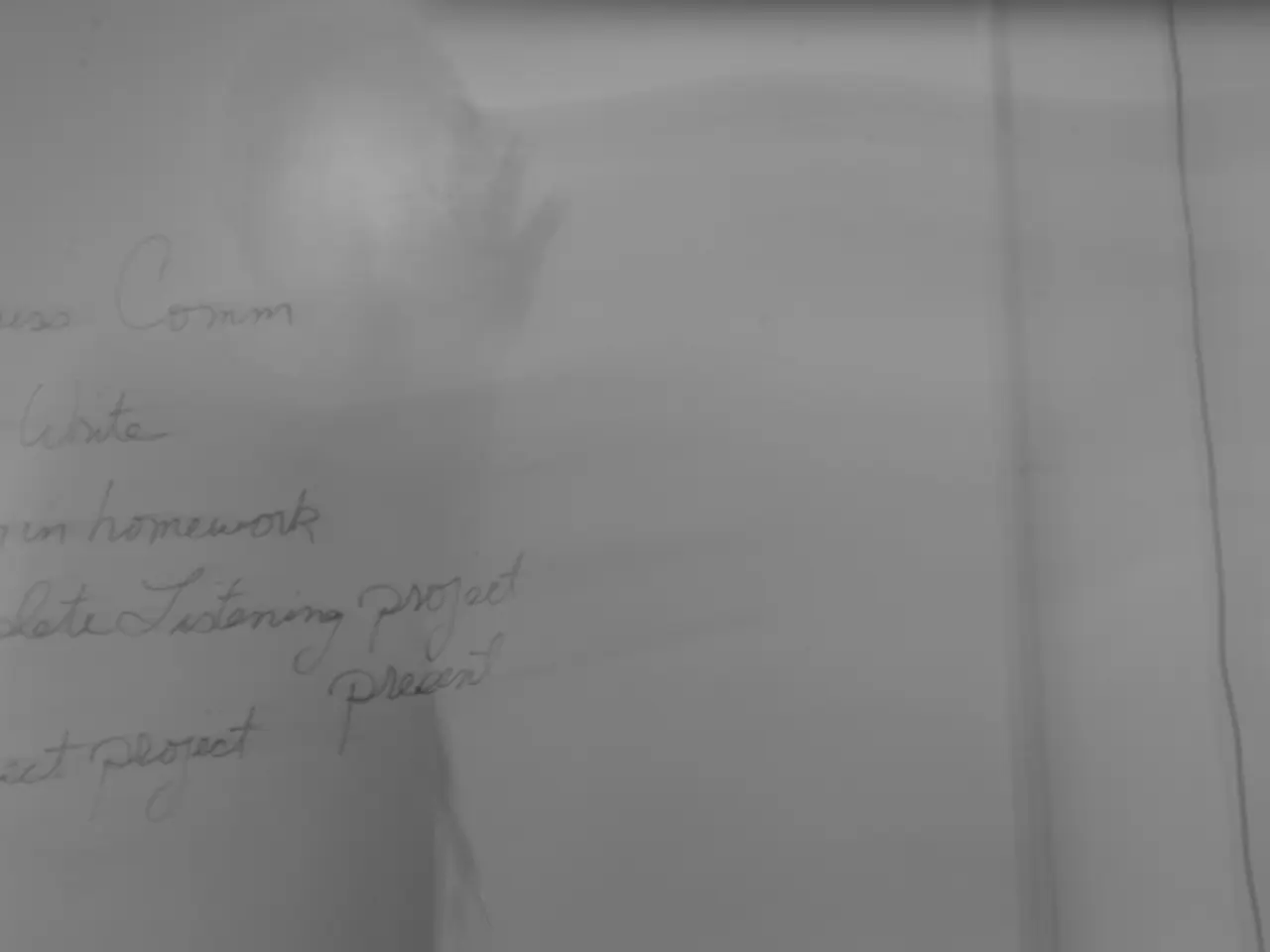Academic Paragraph Writing: A Detailed Walkthrough
In the realm of academic writing, crafting well-structured paragraphs is essential for clear argument development and enhanced reader comprehension. Here's a seven-step guide to help you write compelling, coherent, and impactful academic paragraphs.
Firstly, start with a clear topic sentence. This sentence should encapsulate the main point or argument you wish to discuss in the paragraph [1][3][4].
Next, develop your argument with supporting details. Expand on the topic sentence by providing evidence, examples, facts, or analysis. This could include references to research, statistics, or quotations from authoritative sources. Explain how this evidence supports your point, ensuring the paragraph remains focused and coherent [1][2][3][4].
Maintain a logical, coherent structure within the paragraph. Typically, this includes an introduction (topic sentence), the body (supporting evidence and explanation), and a conclusion (summary or link). The body should fully develop the argument without straying off-topic or including unnecessary details [1][3][4].
End the paragraph with a concluding or linking sentence. Summarise the significance of the evidence in relation to your main point or provide a transition to the next paragraph. This helps maintain flow and guides the reader through your argument [1][2][3][4].
Utilise the PEEL (Point, Evidence, Explanation, Link) technique for clarity and depth. Start by making your argument clearly, provide relevant, credible evidence, analyse how the evidence supports your point, and connect to the next idea or reinforce the broader thesis [2][3].
Maintain paragraph length appropriate for academic writing. Aim for paragraphs of roughly 10-12 lines, ensuring enough detail to argue your point fully without diluting focus [3].
Lastly, maintain clear, formal language and logical flow. Avoid abrupt transitions and ensure each sentence contributes towards building your argument without redundancy or rambling [5].
In summary, a well-structured academic paragraph clearly presents one main idea supported by evidence and analysis, concludes effectively, and connects smoothly to the next point, thereby enhancing both argument development and reader comprehension [1][2][3][4][5]. Each paragraph should have a topic sentence, body sentences that develop the ideas and provide evidence and interpretation, a linking sentence that connects the point to the overall thesis of the assignment, and appropriate transitions.
Academic writing is focused on critical analysis and adheres to strict academic conventions. To assist in this process, various platforms offer academic translations, rewriting support, grammar checks, vocabulary suggestions, and generative AI assistance. Some platforms even offer premium features, including consistency, plagiarism, and 30+ submission readiness checks for a monthly fee starting at US$19.
Each academic paragraph aims to discuss and share information on scientific or scholarly topics with a focused academic community. Clarity and coherence can be achieved in academic writing by advancing the reader's understanding of the topic, providing evidence or support for the main argument, and establishing connections between ideas.
- To achieve academic writing success, one may seek out writing support services that offer language editing, academic translation, and submission readiness checks.
- In your research paper, ensure each paragraph is properly structured, presenting a clear main idea with evidence and analysis, and concluding effectively to connect smoothly to the next point.
- In the process of academic writing, gaining education-and-self-development through learning the PEEL technique can help increase clarity and depth in your paragraphs.
- To further advance in education-and-self-development, make use of the resources provided by academic platforms, which offer various tools to enhance the coherence and impact of your academic writing.




